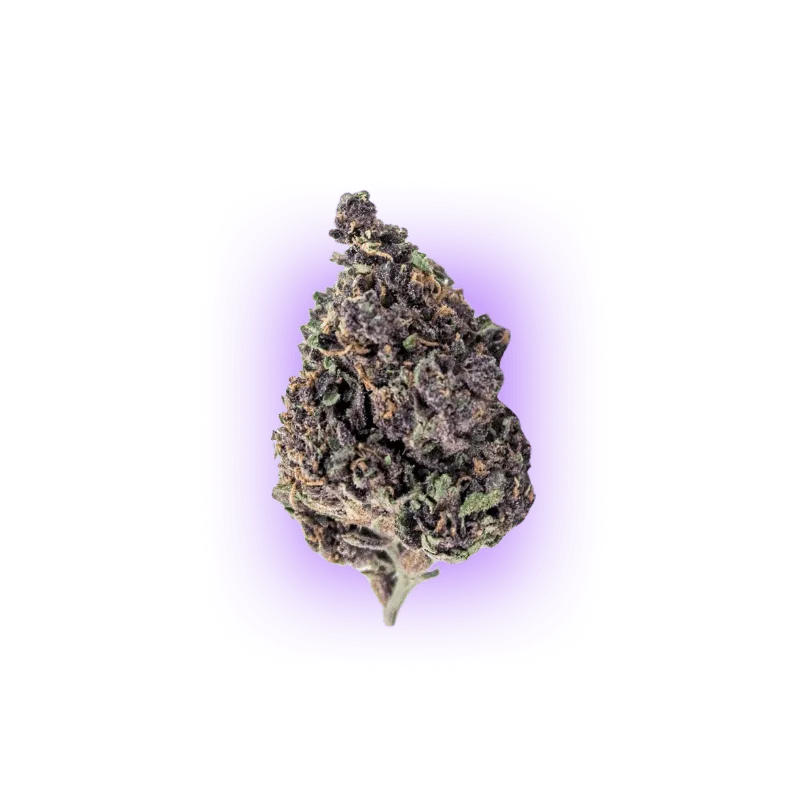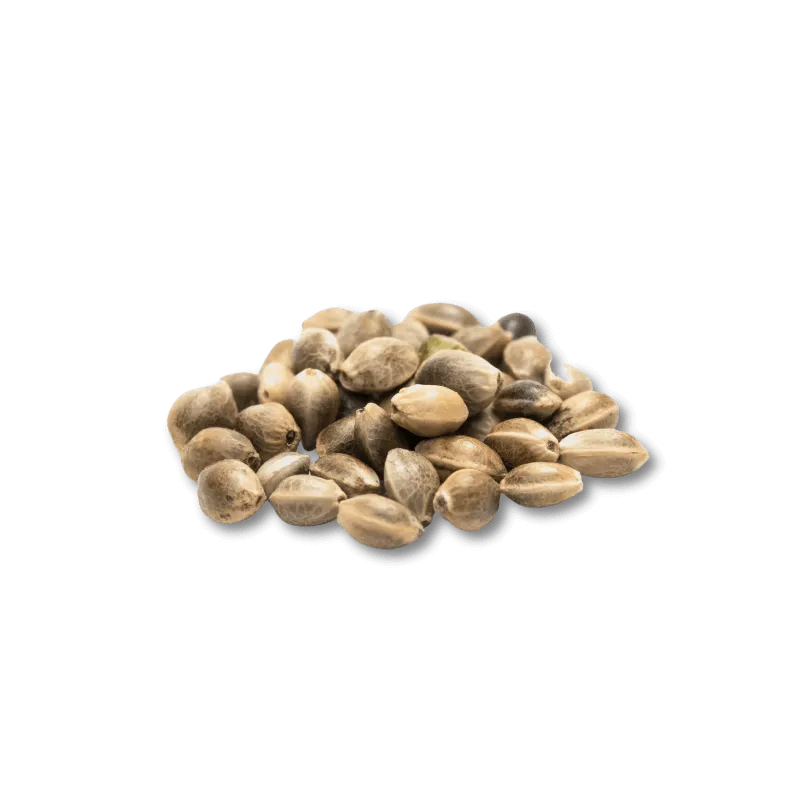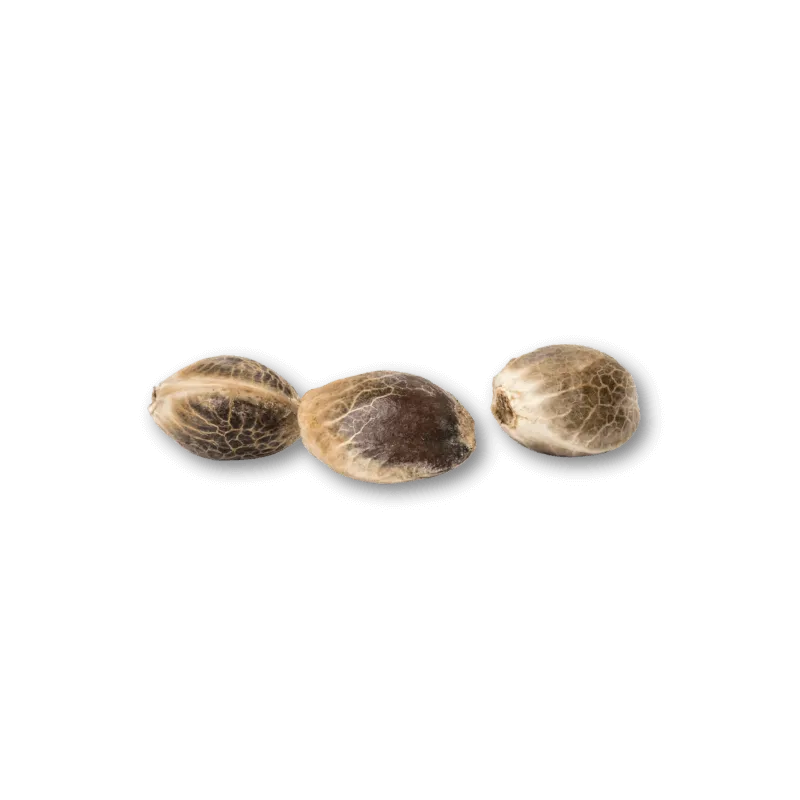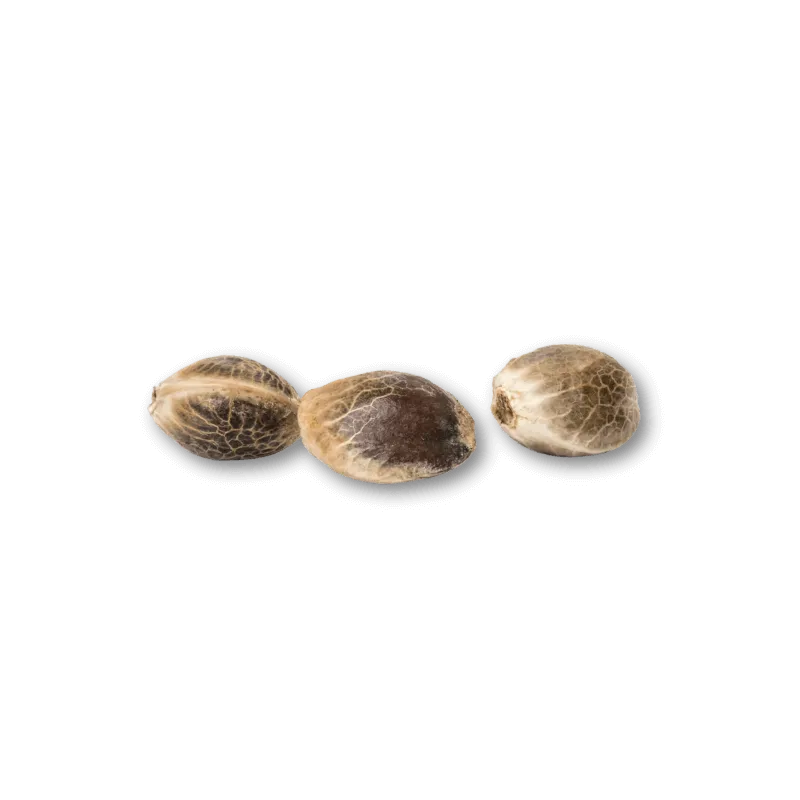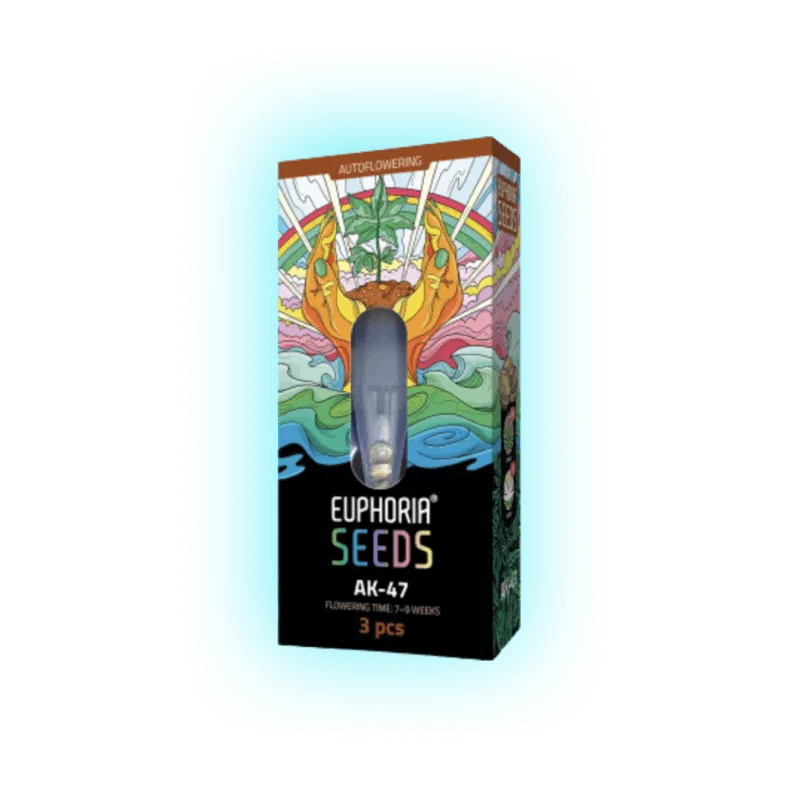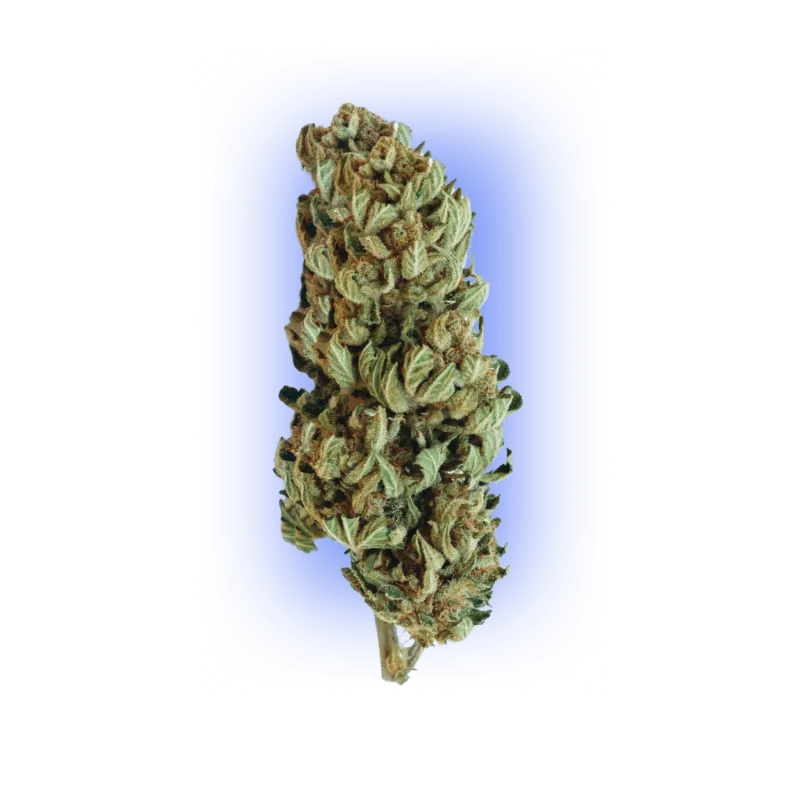Pruning cannabis plants is like giving them a little haircut that makes all the difference—it's a tried-and-true method to really boost growth and yield. You selectively remove certain shoots and leaves so your plant doesn't waste energy everywhere, but instead directs it exactly where it's needed most.
If you prune your plants smartly, you'll make sure that light and air can reach every corner much better—almost like a fresh breeze blowing through a dense forest. This not only improves your plants' health but also takes the quality of your harvest to a whole new level.
This guide will show you exactly how pruning works—from the right techniques to the best timing during the growth cycle. That way, you can be confident you're doing everything right and your plants reach their full potential.
Bestseller Toda
Do you have to prune cannabis?
Pruning cannabis plants means selectively removing certain shoots and leaves to optimally control your plant’s growth. It’s not strictly necessary, but if you do it right, you can significantly boost both the quality and yield of your harvest.
This is especially true when growing indoors, where space or light may be limited—pruning can be a real game changer. It helps your plant focus its energy on the most important areas, ensures better light penetration to every corner, and promotes healthy root and Flower development.
Of course, it takes a bit of practice—but the effort pays off. In the end, you’ll be rewarded with stronger plants and higher yields, proving that pruning is truly worthwhile.

Pruning Cannabis Plants: Step-by-Step Guide for Optimal Growth
Pruning cannabis plants is an important step to maximize your plants' potential. Here you'll find a detailed guide that walks you through the entire process.
1. Preparation
Before you start pruning, make sure you have the right tools on hand. A sharp, clean pair of scissors or a scalpel is ideal for making clean cuts without unnecessarily damaging the plant. Gloves can also be helpful to avoid contaminating the plant with your hands.
2. Choosing the right time
The best time to start pruning is during the plant's vegetative phase. At this stage, growth is vigorous and the plant can recover well from cuts. Ideally, you should begin once the plant has developed at least four to six nodes, as it will then be strong enough to handle the process.
3. Identifying shoots and leaves
Take a close look at the plant and identify the side shoots growing in the internodes (the spaces between the main nodes). These shoots draw energy away from the main branches and can hinder the development of the main buds. Large, shading leaves that cover the lower parts of the plant can also be removed.
4. Carefully removing shoots
Carefully cut away the unwanted shoots with scissors or a scalpel. Make sure to cut as close to the stem as possible without damaging the main structure of the plant. Only remove a few shoots at a time to avoid stressing the plant too much.
5. Monitoring after pruning
After pruning, you should regularly observe the plant to ensure it is recovering well. In the first few days, the plant may grow a bit more slowly, but this is normal. Make sure the cut surfaces remain clean and show no signs of infection.
6. Care and further steps
After pruning, it's important to continue providing optimal conditions for the plant. Ensure it receives enough light, water, and nutrients to heal the wounds and continue growing vigorously. Depending on your needs, you can repeat the pruning process in one to two weeks to remove additional unwanted shoots.

Cannabis: To Topping or Not?
When growing cannabis, the question often arises: to prune or not to prune? This decision can significantly impact both the yield and the health of your plants. Here you’ll find an overview of the most important advantages and disadvantages to help you make your choice.
Advantages of Pruning
• Higher yield: By selectively removing shoots, the plant’s energy is focused on the main flower clusters, resulting in larger and denser Flowers.
• Better light penetration: Pruning ensures that more light reaches the lower parts of the plant, which promotes overall growth.
• Improved air circulation: Fewer dense leaves and shoots lead to better air circulation, reducing the risk of mold and pests.
Disadvantages of Pruning
• Stress for the plant: Removing shoots can cause stress, which may slow growth if not done properly.
• Time and effort: Pruning requires regular care and attention, especially with larger plant stocks.
• Potential for mistakes: Inexperienced growers might accidentally remove too much, reducing yield or damaging the plant.
Cannabis Pruning Outdoors: How to Do It Right Outside
Pruning cannabis plants outdoors differs in several ways from indoor cultivation. Outdoor plants have more space to grow, which requires specific techniques and considerations when pruning. Here’s how to do it right to maximize your plants’ health and yield.
1. Choosing the right time
Timing is crucial for outdoor cultivation. Start pruning during the vegetative phase, around mid to late June, when the plant is strong enough. It’s important to begin early enough to avoid stressing the plant during the flowering phase.
2. Selectively removing shoots and leaves
Focus on removing shoots that receive little light or grow too close together. Make sure the main branches have enough space and light so they can grow vigorously. Removing excess leaves improves air circulation and reduces the risk of mold.
3. Regular monitoring
Outdoors, plants are more exposed to weather and pests. Check your plants regularly and remove any extra foliage or damaged shoots as needed. This helps keep the plant healthy and ensures optimal growth.
4. Gentle approach
It’s especially important to be gentle when pruning outdoors. Don’t cut too much at once to avoid overwhelming the plant. Smaller, more frequent interventions are often more effective and less stressful for the plant.
The best cannabis seeds Toda
FAQ – Cannabis Topping
No, pruning is not mandatory, but especially when space or light is limited (for example, indoor cultivation), it can significantly improve yields and harvest quality.
Pruning works best during the vegetative growth phase, before the plant enters the Flower stage. Pruning too late can cause stress and inhibit growth.
Especially small side shoots and large leaves that block light or hinder air circulation. The goal is to direct energy to the main shoots and Flowers.
If done correctly, no. However, you should proceed carefully to avoid putting too much stress on the plant. Pruning too aggressively or too often can weaken the plant.
This depends on the growth stage and the strain. Usually, one or two targeted interventions during the vegetative phase are sufficient.
Yes, for example, if you remove too many leaves at once or prune the plant too late in the Flower phase. This can cause stress and reduce yields.
Not necessarily. Clean, sharp fingernails or a sharp pair of scissors are often enough to carefully remove the shoots.














